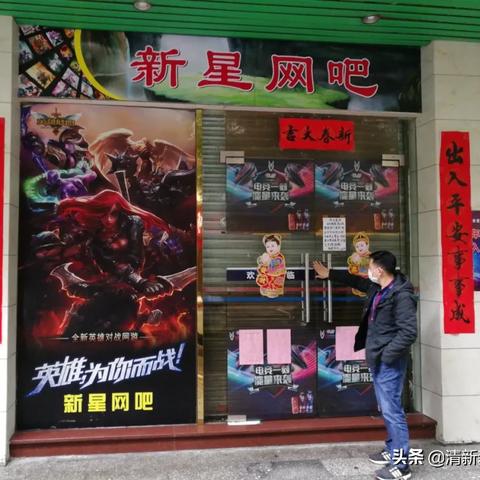Introduction
The financial market is a dynamic and complex ecosystem where numerous players interact to ensure its smooth operation. Among them, the role of "official阐述:管家一肖一码100准免费资料详述——系统重要性机构监管 vs 中小银行风险出清" is crucial. In this article, we delve into the significance of systemically important institutions (SIIs) and their regulatory framework, and contrast it with the risk management challenges faced by small and medium-sized banks (SMBs) in the context of financial stability.
Systemically Important Institutions (SIIs) and Regulation
Systemic Importance: Systemically important institutions are those whose failure could cause significant disruption to the wider financial system. They are often large banks or non-bank financial institutions with widespread reach and interconnectedness. The "official阐述" highlights the need for these institutions to adhere to stricter regulatory standards to maintain financial stability.
Regulatory Oversight: "管家一肖一码100准" refers to the precise and stringent regulatory framework imposed on SII. Regulators impose higher capital requirements, liquidity standards, and other prudential measures on these institutions to ensure they can withstand potential financial shocks without causing systemic risk.
Free Data and Resources: In line with the concept of "免费资料", regulatory bodies often provide guidelines and data that help financial institutions understand their obligations and the risks they face. This transparency is vital for maintaining trust and ensuring compliance.
Risk Management in Small and Medium-Sized Banks (SMBs)
Risk Exposure: Unlike SII, SMBs are usually not as interconnected or as large in scale. However, their risk management is equally important, as failures can still have regional or sector-specific impacts. The term "100准" could be referring to the high level of accuracy required in risk assessment for these institutions.
Clearance of Risks: The "风险出清" in SMBs is a process where banks identify, manage, and mitigate potential risks to prevent financial losses that could affect their stability. This is a continuous process that requires constant vigilance and proactive management.
Challenges: SMBs often face challenges such as limited resources, less sophisticated risk management frameworks, and a lesser ability to absorb shocks. The "中小银行" section of the official阐述 emphasizes the need for these banks to strengthen their risk management capabilities to avoid systemic risks.
Comparative Analysis: SII vs. SMB
Regulatory Landscape: Systematically important institutions face a more intensive regulatory landscape due to their size and impact on the global financial system. The term "系统重要性机构监管" signifies the special oversight SIIs are under. In contrast, SMBs may operate under less stringent rules, tailored to their scale and systemic importance.
Resource Allocation: SIIs have the resources to comply with complex regulations and invest in sophisticated risk management systems. "管家" in this context could imply the robust governance structures required to manage risks effectively. SMBs, on the other hand, might struggle with resource allocation and therefore require different regulatory approaches.
Impact on Financial Stability: While both SIIs and SMBs contribute to financial stability, their failure could lead to different ripple effects. The concept of "风险出清" in SMBs is critical in ensuring that these banks do not accumulate risks that could escalate into systemic issues.
Balanced Regulatory Framework
Proportionality: The "官方阐述" suggests that regulations should be proportionate, imposing heavier burdens on institutions with higher systemic importance while being more lenient with SMBs. This approach ensures that the regulatory framework is fair and effective.
Adaptability: Given the evolving nature of financial markets, the regulatory framework must be adaptable to accommodate changes. This includes providing "免费资料详述" that help banks stay informed about the latest regulatory developments.
Collaboration: Effective regulation requires collaboration between different stakeholders, including government agencies, banks, and international organizations. This partnership ensures that the "风险出清" process is comprehensive and addresses the diverse needs of the financial sector.
Conclusion
The article underscored the importance of "系统重要性机构监管" in maintaining financial stability and the distinct challenges faced by "中小银行" in managing risks. While SIIs are subject to more stringent regulations to mitigate their systemic importance, SMBs must focus on risk management to prevent potential financial instability at the local or regional level. Both sectors benefit from the "免费资料" provided by regulatory bodies, which contribute to the overall health and resilience of the financial system.














 琼ICP备2023003230号-1
琼ICP备2023003230号-1
还没有评论,来说两句吧...